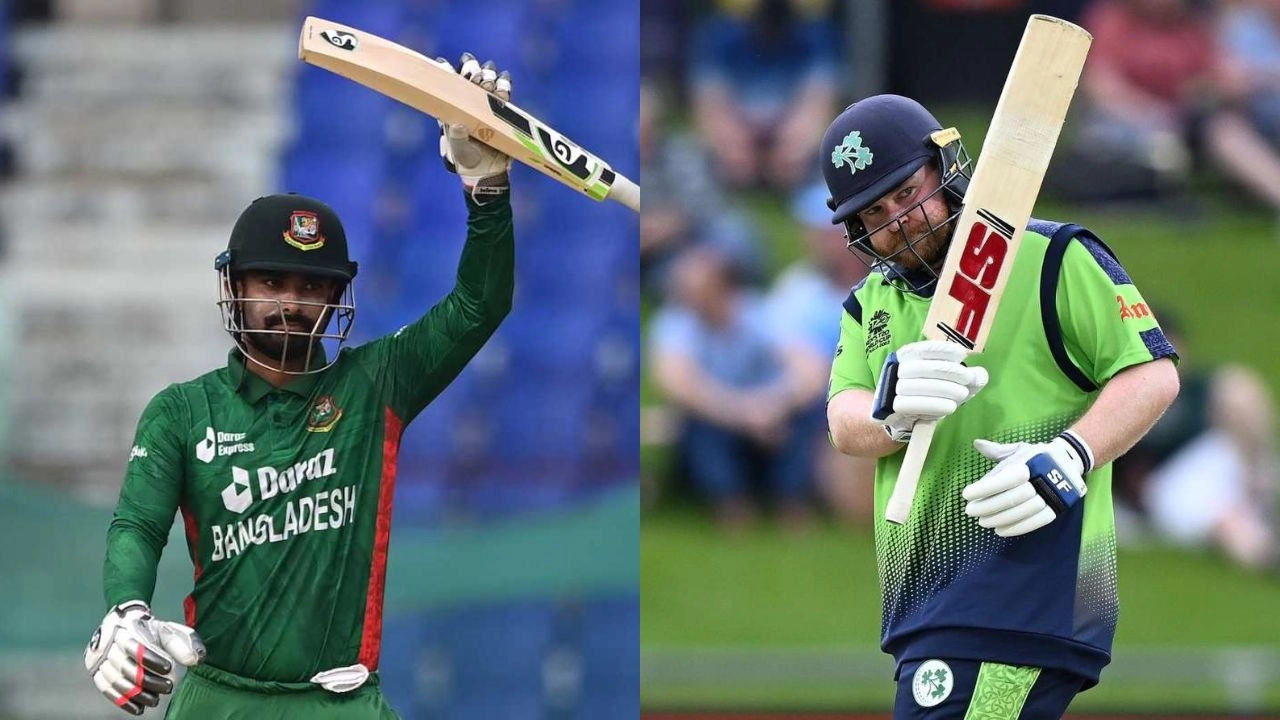Amol Muzumdar, a former Indian cricketer and current coach, recently made headlines by recreating Rohit Sharma’s iconic celebration in the wake of the Women’s World Cup victory. This gesture not only reflects the camaraderie and support within the cricketing community but also highlights how significant moments in sports can resonate across different formats and genders. Rohit Sharma, known for his explosive batting and charismatic presence on the field, has often been the center of attention for his unique celebrations, which fans and players alike have come to cherish.
The Women’s World Cup win was a monumental achievement for the Indian women’s cricket team, showcasing their skill, determination, and the growing popularity of women’s cricket. As the players celebrated their hard-earned victory, Rohit Sharma’s celebration became a symbol of joy and victory that transcended the match itself. By recreating this moment, Amol Muzumdar demonstrated his respect and admiration for the women’s team’s accomplishments, bridging the gap between men’s and women’s cricket in a sport that is increasingly becoming more inclusive.
Muzumdar’s tribute serves as a reminder of the importance of sports in uniting people, regardless of gender. His actions encourage fans and players to celebrate achievements in the sporting world, regardless of which team or gender they represent. It is crucial for the cricketing community to support and uplift each other, as this fosters a positive environment that can inspire future generations of players. The Women’s World Cup win was not just a victory for the team but also a significant moment in the evolution of cricket, helping to elevate the women’s game and promote equality in a traditionally male-dominated sport.
As the cricketing landscape continues to evolve, gestures like Muzumdar’s become increasingly important. They affirm the idea that sportsmanship and celebration should know no boundaries, encouraging everyone to come together to celebrate achievements and milestones. With the continued growth of women’s cricket and the rising visibility of female athletes, moments like these will undoubtedly contribute to a more inclusive and supportive environment for all players, regardless of gender.



